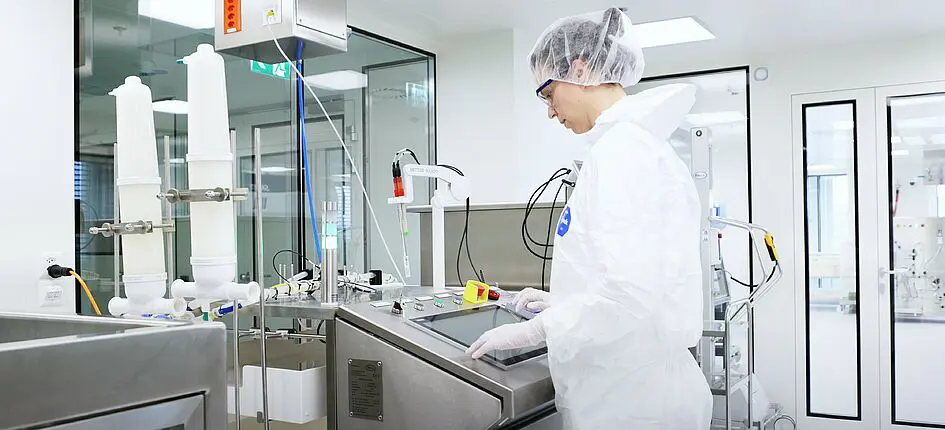Green looks to expand with new investor
09. May 2025
Helbling supports innovation in pharmaceutical production
(CONNECT) Pharmaceutical manufacturing is facing challenges driven by new developments. According to Helbling, addressing these challenges is closely linked to expertise in machine learning (ML) and automation. In a technical article published by the Zurich-based engineering and consulting firm, Helbling experts from the Zurich and Aarau locations explore specific solutions within the Quality by Design (QbD) framework, a holistic and systematic approach to design. When applied to development, this approach helps to reduce costs, improve yields, and identify routes to scalability at an early stage.
The starting point, write the authors, is a paradigm shift in drug development, driven by novel pharmaceuticals as well as cell and gene therapy to treat pathologies including cancer and autoimmune diseases. Companies must comply with tight regulations when manufacturing the necessary protein-based drugs in aseptic production facilities.
Helbling presents solutions based on reducing human intervention and exploiting the opportunities offered by automation and digitalization. Artificial intelligence (AI) and ML have opened up new use cases for automation, such as automated visual inspection. Helbling has extensive experience in developing these applications and as a partner can support companies in their dialogue with the authorities regarding approval applications.
Helbling’s team of experts also see potential in automation combined with robotics. In the case of isolators, for example, this would enable higher throughput and better process traceability – even for small series manufacturing. A Helbling case study highlights further potential for optimization. The analysis describes an automated aseptic filling process in an isolator with a robot arm, developed on the basis of a holistic approach. While the validation of air flow patterns normally involves complex smoke studies, the holistic approach offers advantages through dynamic simulation, for example. According to the authors, digital twins improve process efficiency, safety, and compliance. ce/yvh


